Inca Trail Peru: Ultimate Guide 2023
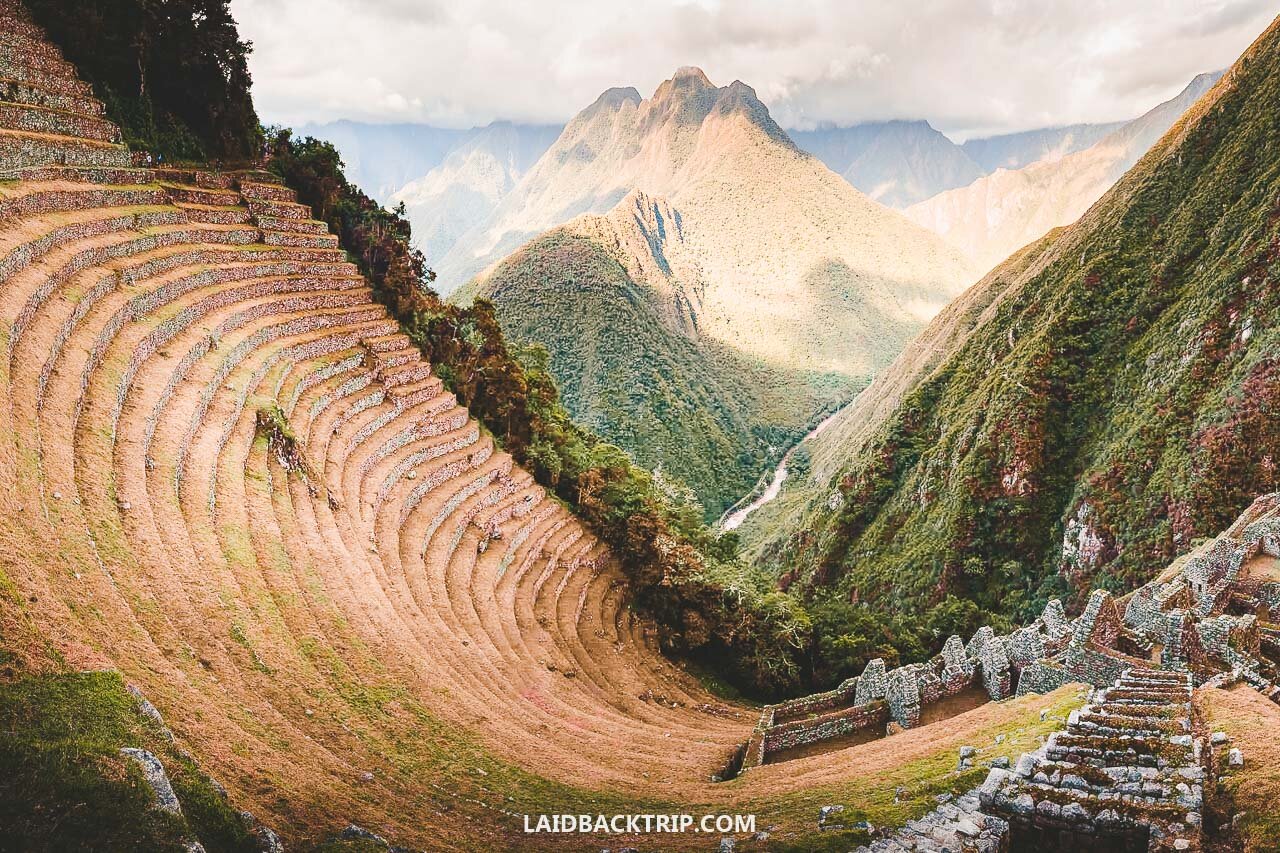
Introduction to the Inca Trail Peru
If you're an adventurous traveller seeking a unique and awe-inspiring experience, look no further than the Inca Trail in Peru. This ancient trail is a historical marvel that takes you through breathtaking landscapes and ancient ruins, culminating in the majestic Machu Picchu. In this comprehensive guide, we will provide you with an overview of the Inca Trail Peru, as well as important information about permits and regulations for hiking this iconic trail.
Overview of the Inca Trail Peru
The Inca Trail is a renowned trekking route that offers a thrilling adventure for nature enthusiasts and history buffs alike. Spanning approximately 26 miles, this trail takes you through diverse ecosystems, from lush valleys to high mountain passes, all while revealing remnants of the ancient Inca civilization. Along the way, you'll encounter breathtaking scenery, including snow-capped mountains, vibrant wildlife, and awe-inspiring archaeological sites.
The highlight of the Inca Trail is undoubtedly the awe-inspiring Machu Picchu, a UNESCO World Heritage site and one of the New Seven Wonders of the World. This ancient Inca citadel is perched high atop the Andes Mountains, with its massive stone terraces and intricate stonework leaving visitors in awe of the architectural prowess of the Inca civilization.
Permits and regulations for hiking the Inca Trail Peru
Given the popularity of the Inca Trail, permits are required to hike this iconic trail. The Peruvian government strictly controls the number of daily hikers to preserve the fragile ecosystem and protect the archaeological sites along the trail. It's essential to secure your permit well in advance, as they tend to sell out quickly, especially during peak season (May to September).
To obtain a permit, you must book with a licensed tour operator who will arrange the necessary logistics for your trek. It's crucial to choose a reputable and responsible operator who adheres to sustainable tourism practices and respects the local communities and environment.
Additionally, it's important to familiarize yourself with the regulations set by the authorities. These regulations include staying on designated paths, respecting the natural environment, and adhering to strict waste management practices. By hiking responsibly and respecting the rules, you can help preserve the beauty and integrity of the Inca Trail for future generations.
Embarking on the Inca Trail in Peru is an adventure of a lifetime that offers a unique blend of natural beauty and ancient history. By obtaining the necessary permits and adhering to responsible hiking practices, you can have an unforgettable experience while contributing to preserving this remarkable trail. So, lace up your hiking boots, pack your sense of adventure, and embark on an incredible journey through the heart of the Inca civilization.
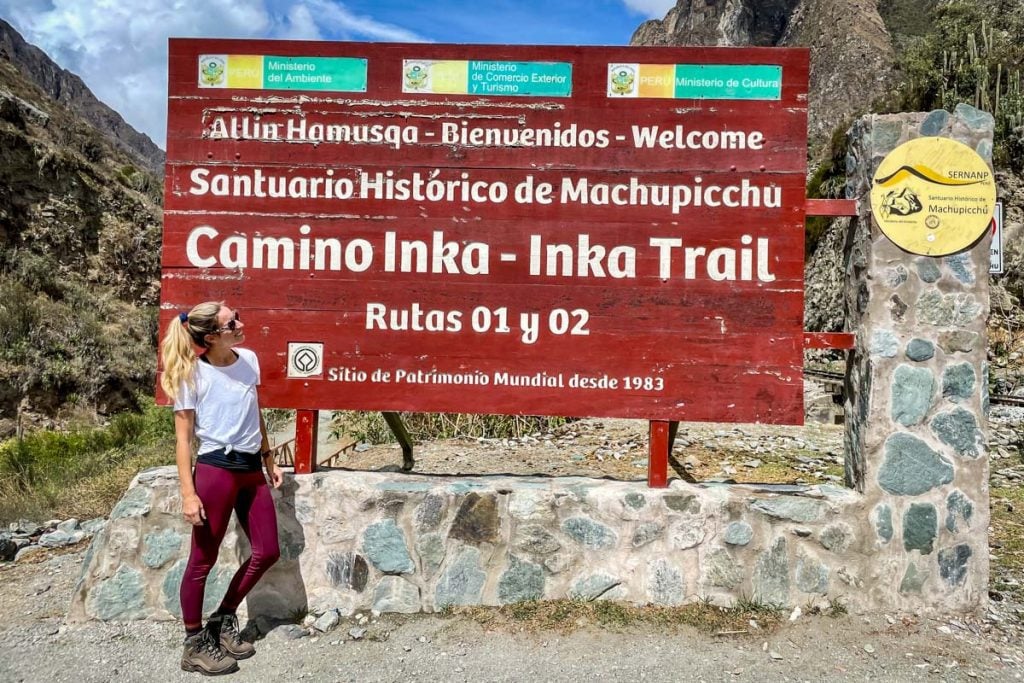
Planning Your Inca Trail Trek
Best time to go on the Inca Trail in Peru
When planning your Inca Trail trek, choosing the right time of year is crucial. The best time to go on the Inca Trail in Peru is during the dry season, which typically runs from May to September. During these months, you can expect clear skies and lower chances of rainfall, making for a more pleasant hiking experience. The weather is generally mild, with daytime temperatures ranging from 20-25 degrees Celsius (68-77 degrees Fahrenheit).
However, it's important to note that the dry season corresponds to the peak tourist season so the trail can get quite crowded. If you prefer a quieter experience, consider going during the shoulder seasons of April and October. While there may be some rainfall during these months, the trail is generally less crowded, allowing you to enjoy the stunning scenery in a more tranquil setting.
Choosing a tour operator for the Inca Trail Peru
When planning your Inca Trail trek, it's crucial to choose a reputable and responsible tour operator. The Peruvian government requires all hikers to book their trek with a licensed tour operator. This ensures a well-organized and safe experience while minimizing the impact on the environment and local communities.
Here are some factors to consider when selecting a tour operator:
-
Experience and Expertise: Look for operators with extensive experience organizing Inca Trail treks. They should have knowledgeable guides who can provide valuable insights into the history and culture of the area.
-
Sustainable Practices: Consider operators who prioritize sustainable tourism practices. This includes minimizing waste, supporting local communities, and respecting the natural environment.
-
Good Reviews and Recommendations: Read reviews and seek recommendations from fellow travellers or trustworthy sources. Look for operators with positive feedback regarding their professionalism, safety standards, and customer satisfaction.
-
Permit Availability: Inquire about the availability of permits for your desired travel dates. Reliable operators will have a good understanding of the permit system and secure the necessary permits in advance.
By choosing a reputable tour operator, you can enjoy a well-organized and responsible trek that maximizes your experience while contributing to preserving the Inca Trail.
Planning your Inca Trail trek involves considering the best time to go and selecting a reputable tour operator. By going during the dry season and choosing an operator that prioritizes sustainability, you can have an unforgettable adventure while ensuring the preservation of this remarkable trail for future generations. So start planning, lace up your hiking boots, and get ready to embark on an incredible journey through the heart of the Inca civilization in 2023!

Preparing for the Inca Trail
Physical fitness and training for the Inca Trail Peru
Embarking on the Inca Trail is an incredible adventure that requires physical fitness and proper training. The trek covers approximately 43 kilometres (26 miles) over challenging terrain, including steep ascents and descents. To ensure an enjoyable and successful experience, it's important to prepare yourself physically.
Start by incorporating regular cardiovascular exercises, such as hiking, running, or cycling. This will help improve your endurance and cardiovascular fitness. Additionally, focus on strength training exercises to build muscle and prepare your body for the demands of the trail. Include exercises that target your legs, core, and upper body.
Consider practising hikes with a similar elevation gain and distance to the Inca Trail. This will allow you to assess your fitness level and get a feel for long-distance hiking. Gradually increase the intensity and duration of your hikes to build up your stamina.
Remember to listen to your body and take rest days as needed, allowing your muscles to recover and prevent overexertion. Stay hydrated, eat a balanced diet, and get enough sleep to support your physical training.
Essential gear and packing list for the Inca Trail Peru
The right gear is essential for a comfortable and enjoyable trek on the Inca Trail. Here's a list of essential items you should bring:
-
Hiking Boots: Invest in a good pair of hiking boots that provide ankle support and are comfortable for long walks.
-
Backpack: Choose a backpack with around 30-40 litres that fits your gear comfortably.
-
Appropriate Clothing: Pack moisture-wicking and lightweight clothing to stay comfortable during the trek. Include layers for changing weather conditions, and don't forget a rain jacket.
-
Sleeping Bag: Bring a sleeping bag suitable for cold temperatures, as the nights can get chilly at higher altitudes.
-
Trekking Poles: Consider using trekking poles to stabilise and reduce strain on your joints, especially during steep descents.
-
Headlamp: A headlamp is essential for navigating early morning or late evening when it's still dark.
-
Snacks and Water: Carry enough snacks and water to keep you energized and hydrated throughout the trek.
-
Sun Protection: Don't forget sunscreen, a hat, and sunglasses to protect yourself from the strong sun at high altitudes.
-
First Aid Kit: Include band-aids, blister plasters, pain relievers, and personal medications.
-
Cash and Passport: Bring some cash (Peruvian Soles) for small purchases along the way, and ensure you have your passport for registration at the start of the trail.
Remember to pack light and only bring what's necessary. Your tour operator may provide additional equipment, such as tents and sleeping mats. Consult with them for any specific gear requirements.
By preparing yourself physically and packing the essential gear, you'll be well-equipped for an unforgettable journey on the Inca Trail. Take the time to train, gather your gear, and get ready to experience the breathtaking beauty and rich history of this ancient trail in 2023!
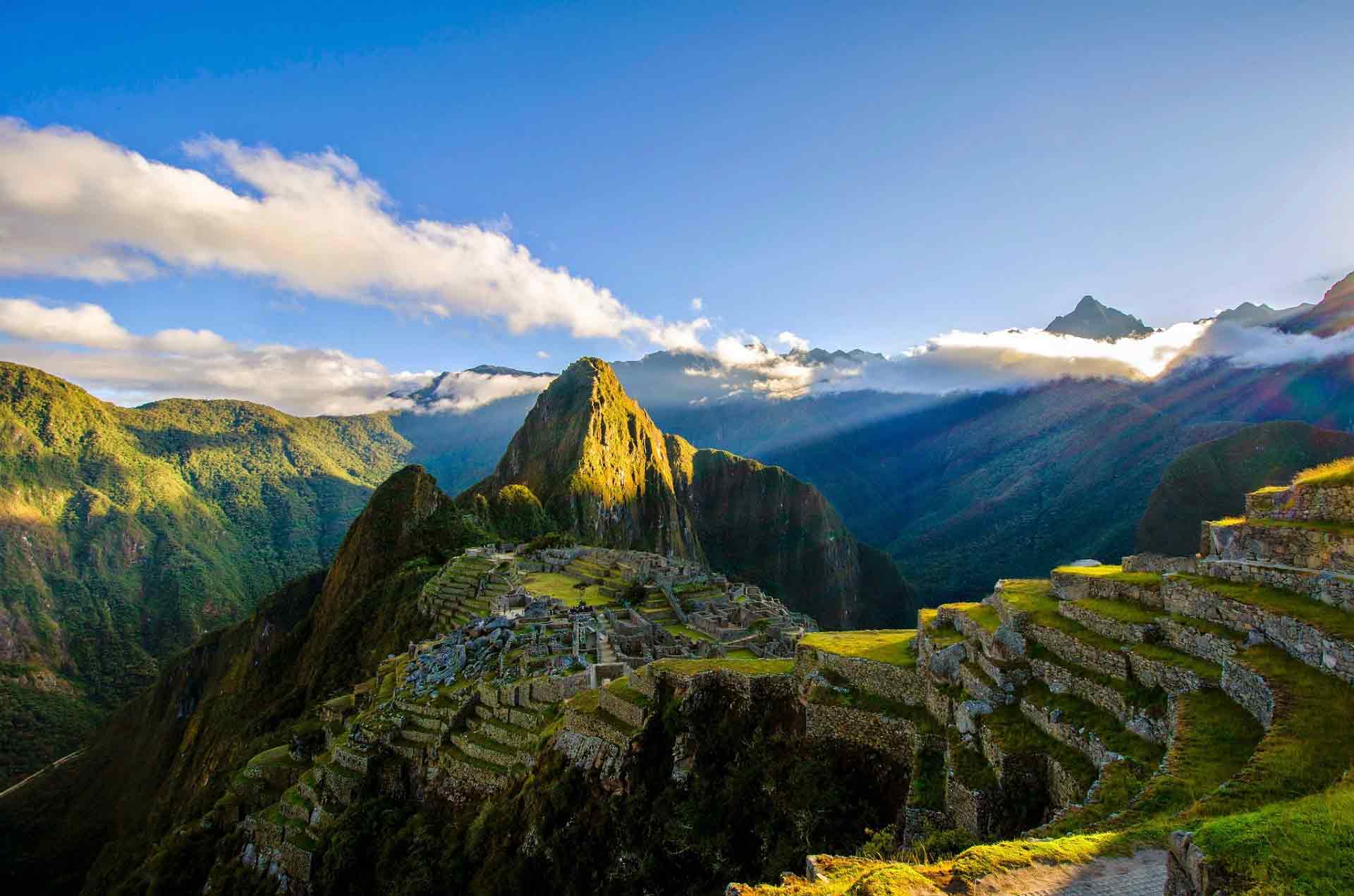
Hiking the Inca Trail
Day-by-day itinerary of the Inca Trail Peru
Embarking on the Inca Trail in Peru is an experience of a lifetime, rich in history and surrounded by breathtaking natural beauty. Here is a day-by-day itinerary to guide you through this incredible journey:
Day 1: The adventure begins as you depart from Cusco and head to the starting point of the trail. You will hike for approximately 12 kilometres (7.5 miles) through beautiful landscapes and encounter the first archaeological site, Patallacta. The first day is a gentle introduction to the trail, allowing you to acclimatize and immerse yourself in the magic of the Andean scenery.
Day 2: This is considered the most challenging day of the trek. You will hike approximately 16 kilometres (10 miles) and ascend to the highest point of the trail, Dead Woman's Pass. The stunning panoramic views of the surrounding mountains make this challenging climb well worth it. After reaching the pass, you will descend to the campsite at Pacaymayo and rest for the night.
Day 3: Get ready for another incredible day of hiking. You will cover approximately 10 kilometres (6.2 miles) and visit the archaeological sites of Runkurakay and Sayacmarca. The trail meanders through cloud forests, providing fascinating glimpses into the ancient Inca civilization. The day ends at the campsite of Wiñay Wayna, where you can relax and prepare for the final day.
Day 4: The journey's highlight arrives as you reach Machu Picchu. Wake up early to catch the sunrise and embark on the final stretch of the trail. After a short hike, you will reach Inti Punku, also known as the Sun Gate, where you will witness the iconic sight of Machu Picchu in all its glory. Spend the day exploring the ancient citadel, guided by expert historians who will unveil the secrets of this remarkable Inca site.
Highlights and points of interest along the Inca Trail Peru
The Inca Trail is not just a physical challenge; it is a journey that immerses you in history and natural wonders. Here are some of the highlights and points of interest you can expect along the way:
-
Patallacta: On the first day of the trek, you will encounter the impressive archaeological site of Patallacta. Explore the terraces and ruins of this ancient city, which served as an administrative and agricultural centre for the Incas.
-
Dead Woman's Pass: This is the highest point on the trail, standing at an elevation of 4,215 meters (13,828 feet). The breathtaking views from this vantage point make the challenging climb worthwhile.
-
Intipata: This site showcases impressive Incan agriculture terraces. Please take a moment to appreciate the ingenuity of the Inca civilization and the mastery they had over the Andean landscape.
-
Wiñay Wayna: The name translates to "Forever Young." This stunning archaeological site features impressive terraces, fountains, and ceremonial baths. It is an excellent spot to capture memorable photos.
-
Machu Picchu: The ultimate highlight of the Inca Trail is reaching the ancient citadel of Machu Picchu. Explore the mystic ruins, marvel at the precision of Inca architecture, and soak in the awe-inspiring surroundings.
The Inca Trail in Peru offers an unforgettable adventure, combining physical challenges with historical discoveries. By following this day-by-day itinerary and experiencing the highlights along the way, you will create lifelong memories and truly immerse yourself in the wonder of this ancient trail. So, lace up your hiking boots, pack your essentials, and prepare to embark on the journey of a lifetime in 2023!
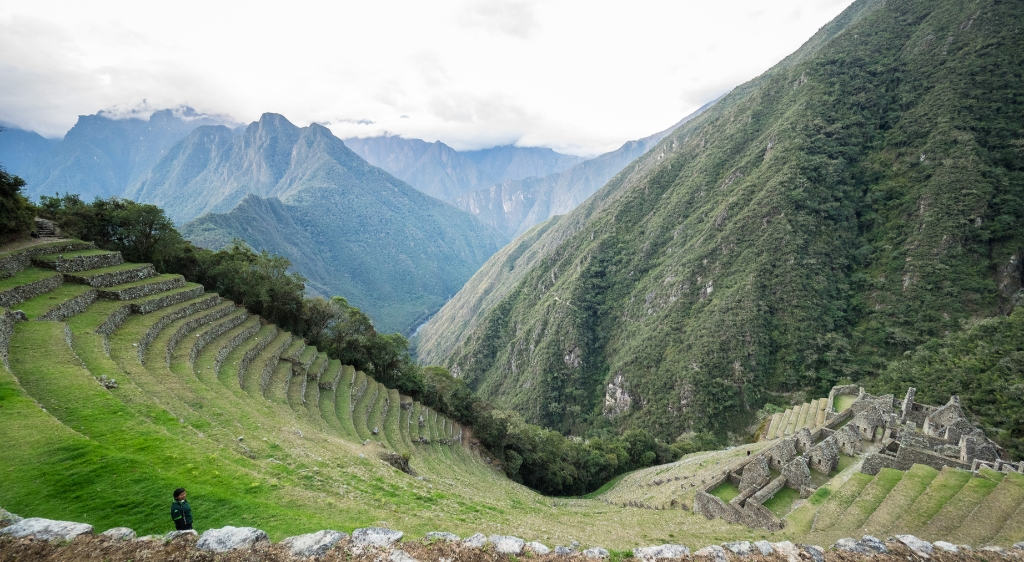
Machu Picchu: The Ultimate Reward
Arriving at Machu Picchu after the Inca Trail Peru
Congratulations! After completing the exhilarating journey along the Inca Trail in Peru, you are rewarded with the ultimate prize – the awe-inspiring Machu Picchu. As you reach the Sun Gate, also known as Inti Punku, the iconic sight of Machu Picchu will unfold before your eyes, bathed in the golden light of the sunrise.
The feeling of accomplishment and wonderment as you stand in the presence of this ancient citadel is indescribable. The meticulous planning and effort put into preserving this archaeological marvel will become evident as you explore its intricate stone structures, terraces, and ceremonial buildings. Guided by expert historians, you will unravel the secrets and stories behind this remarkable Inca site.
Exploring and enjoying Machu Picchu
Once inside Machu Picchu, take your time to soak in the magical atmosphere and the breathtaking surroundings. Capture the perfect photo with the backdrop of the Andean mountains and the mist cascading through the valleys. Experience the serenity as you wander through the ancient ruins and imagine the vibrant life that once thrived here.
As you explore Machu Picchu, highlights such as the Temple of the Sun, the Intihuatana Stone, and the Temple of the Three Windows will captivate your imagination. Marvel at the skill and precision of Inca architecture, which has withstood the test of time for centuries.
Make sure to savour every moment and take advantage of the photo opportunities at each turn. The panoramic views from Machu Picchu are unlike any other, providing a sense of awe and appreciation for the natural beauty that surrounds this ancient wonder.
As you conclude your visit to Machu Picchu, take a moment to reflect on the remarkable journey you have undertaken. The Inca Trail and the reward of Machu Picchu will forever hold a special place in your heart. The memories created, the challenges overcome, and the historical wonders discovered will be cherished for a lifetime.
So, prepare to embark on the adventure of a lifetime in 2023. Lace up your hiking boots, pack your essentials, and immerse yourself in the wonder of the Inca Trail in Peru, knowing that your ultimate reward awaits at the majestic Machu Picchu.
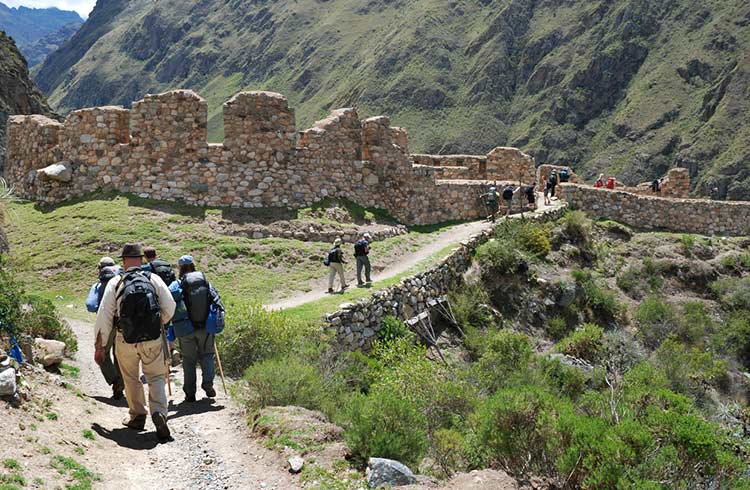
Important Considerations
Altitude Sickness and Health Precautions for the Inca Trail Peru
When embarking on your journey along the Inca Trail in Peru, it's crucial to know the potential effects of altitude sickness. The trail reaches high altitudes, with the highest point at 4,215 meters (13,828 feet) above sea level. Altitude sickness, also known as acute mountain sickness (AMS), can affect anyone, regardless of age, fitness level, or previous experience at high altitudes.
To minimize the risk of altitude sickness, it's advisable to acclimatize before starting the trail. Arriving in Cusco a few days early allows your body to adjust to the high altitude. During this time, it's essential to stay hydrated, avoid strenuous activities, and limit alcohol and caffeine intake.
While on the trail, pace yourself and take breaks as needed. Listen to your body and communicate any symptoms to your guide, who will be familiar with the signs of altitude sickness and can offer assistance.
In addition to altitude sickness, it's essential to take other health precautions. Bring necessary medications, such as pain relievers, sunscreen, and insect repellent. Pack a well-stocked first aid kit and ensure you have travel insurance that covers any potential medical emergencies.
Respecting the Environment and Local Communities
As you embark on your journey along the Inca Trail, it's crucial to respect the environment and the local communities that call this area home. The Inca Trail is a protected UNESCO World Heritage site, and preserving its natural beauty is paramount.
Follow the principles of Leave No Trace: carry out all waste, dispose of it properly, and respect the natural surroundings by not disturbing or removing any artefacts or plants. Stay on designated paths to avoid causing erosion or damaging fragile ecosystems.
When interacting with the local communities along the trail, be mindful of their customs and traditions. Ask for permission before photographing and purchasing souvenirs directly from local artisans to support their livelihoods.
By being responsible and respectful, you not only help preserve the natural environment and cultural heritage but also contribute to the sustainable development of the region. Let's ensure that future generations can continue to experience the magnificence of the Inca Trail and its surroundings.
Remember, the Inca Trail Peru is an adventure of a lifetime, and by considering these important factors, you can make the most of your experience while leaving a positive impact on the environment and local communities.
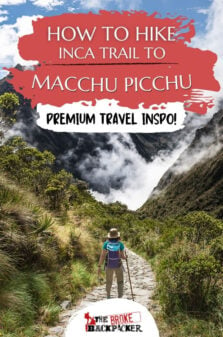
Frequently Asked Questions
Common questions and answers about the Inca Trail Peru
Q: What is the Inca Trail in Peru?
A: The Inca Trail Peru is an ancient hiking trail that leads to the stunning archaeological site of Machu Picchu. It is a popular trekking route for adventurers from around the world.
Q: How long is the Inca Trail?
A: The Inca Trail is approximately 26 miles (42 kilometres) long, usually completed over four days.
Q: Do I need a permit to hike the Inca Trail?
A: Yes, a permit is required to hike the Inca Trail. It is advisable to book your permit well in advance due to the limited availability.
Q: When is the best time to hike the Inca Trail?
A: The best time to hike the Inca Trail is during the dry season, from May to September. The weather is generally clearer and more predictable during this time.
Q: What fitness level is required for the Inca Trail?
A: The Inca Trail is considered moderately challenging. It is recommended to have a reasonable fitness level and to prepare physically before embarking on the trek.
Tips and advice for a successful Inca Trail trek
-
Train beforehand: To fully enjoy the Inca Trail experience, it is beneficial to train and improve your cardiovascular fitness and stamina before the trek.
-
Pack wisely: Bring essential items such as a good-quality backpack, comfortable hiking boots, lightweight clothing, a sturdy water bottle, and a reliable raincoat.
-
Stay hydrated: Drink plenty of water throughout the trek to prevent altitude sickness and maintain energy levels.
-
Protect yourself from the sun: Apply sunscreen and wear a hat and sunglasses to shield yourself from the strong Andean sun.
-
Listen to your body: Take breaks, rest when necessary, and communicate any discomfort or symptoms to your guide.
-
Respect the environment and local communities: Follow the principles of Leave No Trace and be mindful of the cultural heritage and customs of the local communities.
-
Immerse yourself in the experience: Take time to appreciate the breathtaking scenery, learn about the history and culture of the Incas, and connect with fellow trekkers.
Embarking on the Inca Trail in Peru is a truly unforgettable adventure. By being well-prepared, respectful, and mindful, you can make the most of this once-in-a-lifetime experience.
